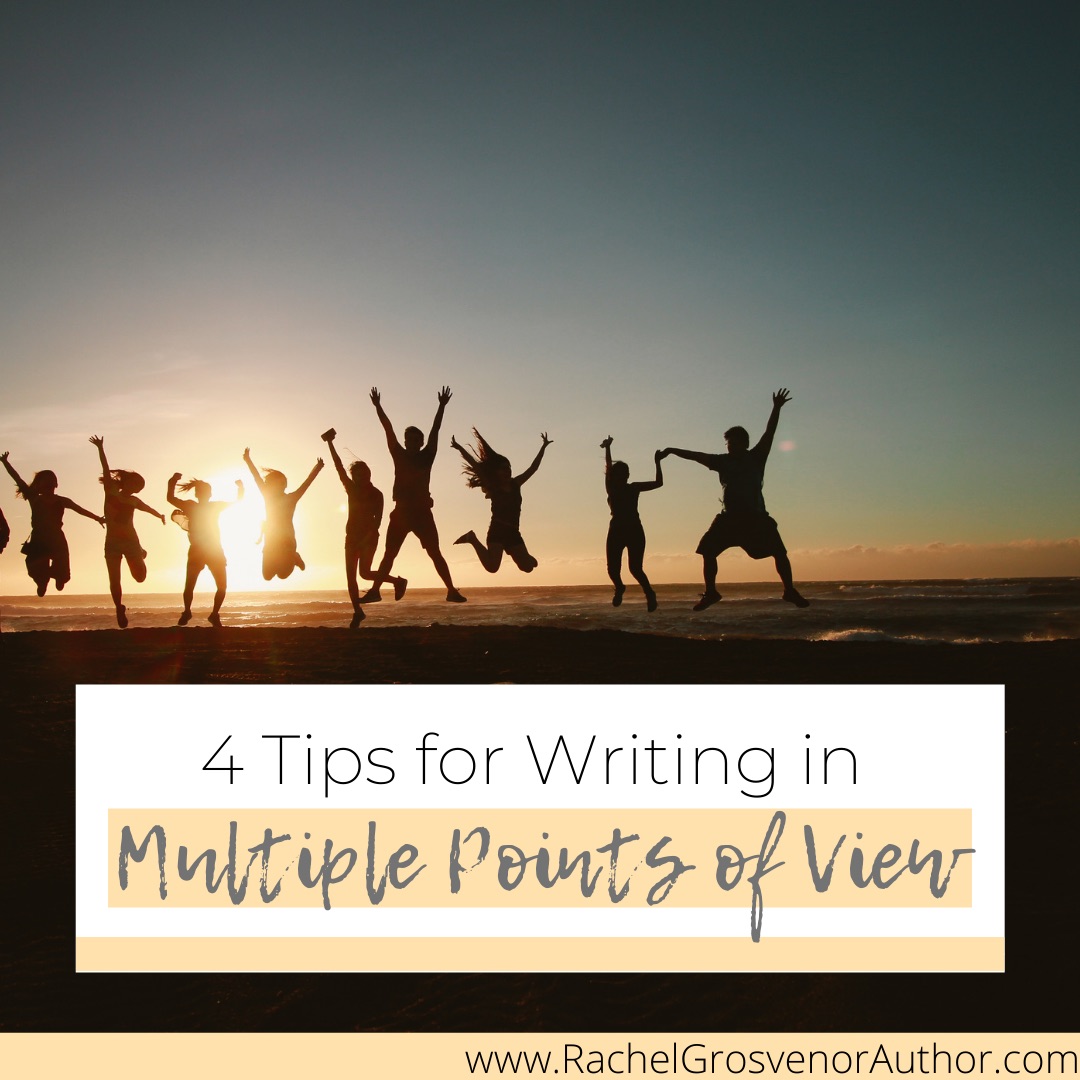Are you telling a story from the point of view of more than one character? It isn’t always easy, I know. Sometimes it can be hard to get that message across or know who to focus on. So, here are four tips that will make it easier for you to write from multiple points of view in your novel.
1) Assign scenes to a specific character.
Avoid head-hopping at all costs. Your reader needs to understand that they are reading from a specific character’s point of view. Head-hopping happens when you move from one character’s POV to another within one scene, meaning that the reader is left wondering who they are focusing on and through whose eyes they are seeing the story. Therefore, assign scenes to a specific person, and if you want to move to a new character, use a narrative break or new chapter so that the reader understands what you are doing.
2) Use unique dialogue.
Make sure your reader knows who is speaking through unique dialogue and action tags. This is important for any novel, but especially for writing multiple points of view. It means that your reader will immediately understand whose scene they are in and the character they are focusing on. Even if your characters are from the same place, they should still speak slightly differently. No one speaks the same as somebody else, and if they do, they might use different slang words or have physical movements that differentiate them.
3) Consider a primary point of view.
Do you have a main character or someone more important to the story than anyone else? A primary point of view makes writing a multiple character story much easier, so it’s worth thinking about if you haven’t yet considered this. It’s not something you have to do – just a recommendation.
4) Consider why you are using multiple points of view.
Why are you using multiple POVs in your novel? What is the drive, and what is the story getting out of it? What are your characters giving to the tale? These questions are worth working through because if you have a character that adds nothing to your story, you should ask yourself why they are there. The varying points of view that your characters are offering should drive and move the story forward. For example, let’s take a book I recently read – The Mitford Trial by Jessica Fellowes. The story is told from the point of view of two characters, and the reason for this is that, in this classic whodunit, these two have differing opinions, see different things, and therefore provide different clues. So, it wouldn’t work so well as a single narrative point of view.
If you are writing a story with multiple points of view, and have any questions, get in touch to ask!
Want to read something similar? Click here!






